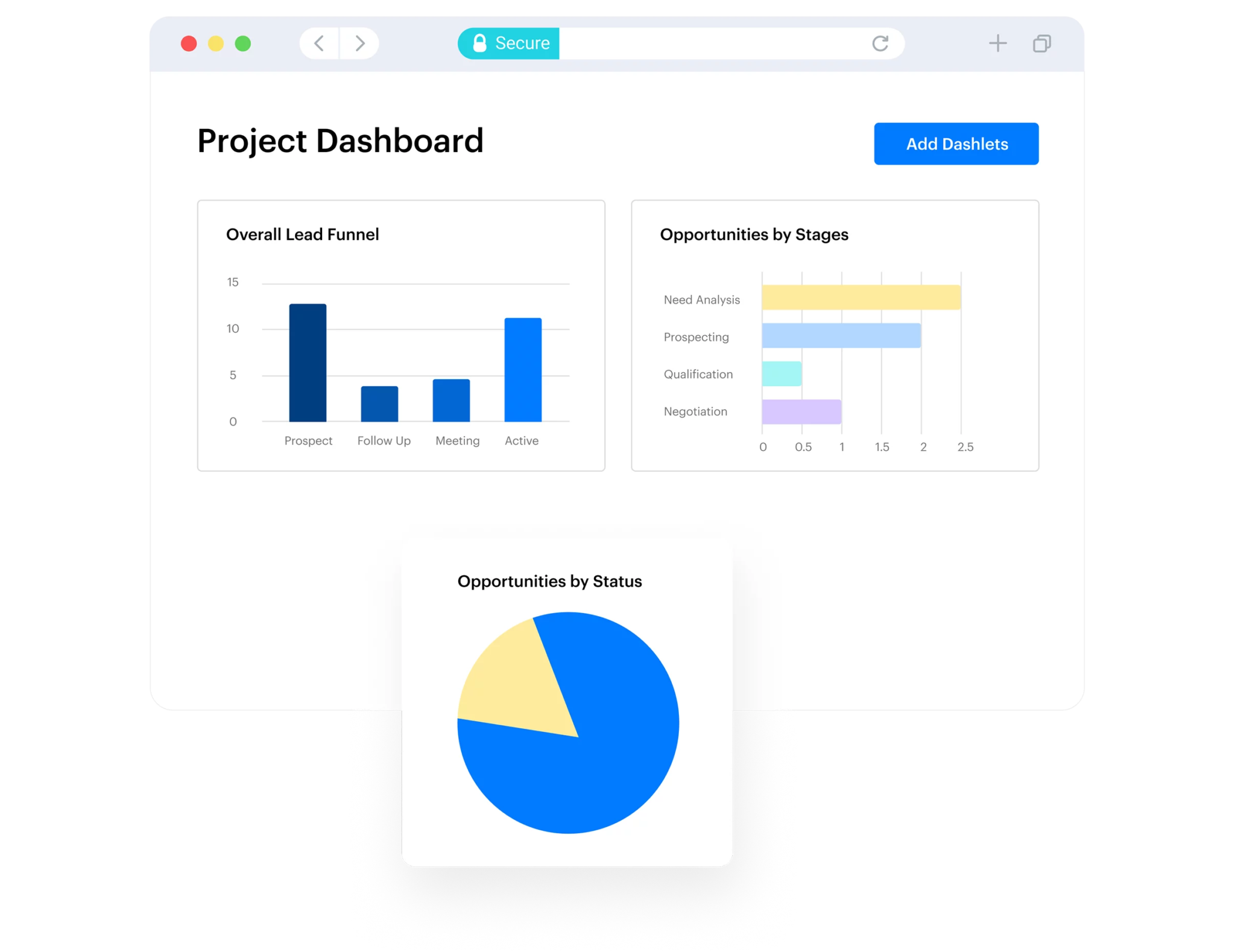Consider this scenario: You have just launched a new product. While sales are good, you are left wondering about your customers’ satisfaction. Will they recommend your product to others? Net Promoter Score (NPS) is a valuable metric that can provide answers to these questions.
NPS is not merely another number to keep track of; it serves as a window into the hearts of your customer base. With just one simple question, NPS can reveal the silent majority of your customers – those who may never voice their complaints but may quietly take their business elsewhere.
What sets NPS apart from being just another business trend? Its power lies in its simplicity and focus on the most valuable asset any business can have – loyal customers who actively promote and advocate for your product.
This post will dive deep into NPS, how it works, why it matters in today’s business world and how you can use it to grow your business. We’ll see how this simple metric can give you real, measurable growth. And we’ll show you how with the right tools like LeadSquared CRM you can turn these insights into action.
What is NPS?
The Net Promoter Score, coined by Fred Reichheld in his 2003 Harvard Business Review article “The One Number You Need to Grow” has become an industry standard for its simplicity and predictability. As Reichheld himself said:
“The path to sustainable, profitable growth is to create more promoters and fewer detractors and make your net-promoter number visible across your organization.”
– Fred Reichheld, The One Number You Need to Grow
Definition
In essence, NPS is a customer loyalty metric that measures how likely customers are to recommend a company’s products or services to others. It’s based on the simple idea that customers fall into three categories: Promoters, Passives, and Detractors.
The NPS is calculated by asking customers a simple question: “On a scale of 0 to 10, how likely are you to recommend our company/product/service to a friend or colleague?” Based on their response:
- Promoters (9-10): Loyal customers who will refer others.
- Passives (7-8): Satisfied customers who are unenthusiastic about referring
- Detractors (0-6): Unhappy customers who can spread negative reviews
NPS Formula
The Net Promoter Score is calculated by subtracting the percentage of Detractors from the percentage of Promoters:

The scores can range all the way from -100 to +100. A positive score above 0 is typically a positive sign, and a score above 50 means business performance is excellent.
A study in the Journal of Marketing found that a 7 point increase in NPS leads to 1% revenue growth.
Why NPS Matters
Customer loyalty metric
NPS is more than a number; it’s a customer loyalty and satisfaction indicator. Research has shown a strong correlation between a company’s NPS and revenue growth . Promoters are more likely to stay with you and buy more and refer others, driving organic growth.
According to Bain & Company, companies that achieve long term profitable growth have Net Promoter Scores twice the average. This is how customer loyalty can impact your bottom line.
Benchmarking tool
One of NPS’s biggest strengths is its simplicity and standardization, which makes it an excellent benchmarking tool. Companies can compare their NPS to industry averages or competitors to see how they stack up on customer satisfaction and loyalty 4.
The 2020 NPS Benchmark Study by CustomerGauge found the average NPS across all industries was +32 with scores varying by sector. Technology was +35 and telecommunications was +24. This gives businesses an idea of where they sit in their industry and what to aim for.
Success story
Take Apple, a company famous for customer loyalty. Apple’s NPS is always above 70 which 5 is world class. That NPS means a loyal customer base that not only keep buying Apple products but also refer others and drive growth and market share.
How to Implement NPS
Implementing the NPS to your business is much more complex that calculating the score itself. Let’s review some key steps to implement NPS scores to improve business performance.
Surveys
While the NPS question is standardised, it’s great to add follow up questions to get more detail. These might be:
- “What is the main reason for your score?”
- “What can we do to improve your experience?”
- “What do you like most about our product/service?”
LeadSquared CRM has a survey creation tool that lets you design and send NPS surveys easily. Its simple interface lets you capture not just the NPS score but also qualitative feedback.
Collecting data
Consistency is key when collecting NPS data. Decide on a schedule to send out surveys, whether it’s after each transaction, quarterly or annually depending on your business. LeadSquared’s automation features can help you set up triggered surveys based on customer actions or time intervals, so you get feedback in a timely manner.
According to Qualtrics, companies that measure NPS more frequently (at least once a quarter) score higher and grow faster. This shows the importance of regular NPS measurement for business performance.
Insights
Now that you have NPS data, the real work begins. Analyze the scores to find trends and patterns. Look for correlation between NPS and other business metrics like customer lifetime value, churn rate or revenue.
LeadSquared’s analytics can help you drill down into your NPS data. Its customisable dashboards let you see NPS trends over time, segment scores by customer groups and find out what drives customer satisfaction or dissatisfaction.
Strategies and Best Practices
Set goals
Before you launch your NPS program, define your goals. Are you looking to reduce churn, increase customer lifetime value, or identify areas for product improvement? Clear goals will guide your survey design and data analysis.
Timing
The timing of your NPS survey matters. For B2B companies that don’t have frequent transactions, send surveys quarterly or bi-annually. For B2C companies with frequent transactions, send surveys after each purchase or interaction.
LeadSquared’s automation features can help you time your surveys perfectly based on customer actions or predefied schedules.
According to CustomerGauge, transactional NPS surveys (sent immediately after an interaction) get higher response rates while relationship NPS surveys (sent at regular intervals) give you a broader view of customer sentiment. Use a combination of both to get a complete picture of your customers’ loyalty.
Act on feedback
NPS is most valuable when it drives action. Develop a process to review and act on feedback, especially from Detractors.
Use LeadSquared’s task management features to assign follow up actions to team members based on survey responses so no feedback falls through the cracks.
A study by the Customer Experience Professionals Association found that companies that analyse and act on NPS feedback are 2.5 times more likely to outperform their competitors in revenue growth. So, it’s not just about collecting NPS data, it’s about using it to improve your business.
Ongoing monitoring
NPS isn’t a one-time measurement; it’s a process. Monitor your NPS regularly to track changes over time and measure the impact of your improvement initiatives. LeadSquared’s real-time reporting features let you keep a finger on the pulse of your NPS and respond quickly to any changes.

Close the loop
“Closing the loop” means following up with customers who give feedback, especially Detractors. This shows customers that their opinions matter and can turn negative experiences into positive ones. LeadSquared’s customer communication features can help you manage this process and send timely and personalized follow ups.
According to Bain & Company, companies that close the loop with customers see an average NPS increase of 10 points within 12 months. That’s a significant improvement and shows the power of responding to customer feedback and addressing concerns.
Using CRM for NPS Success
While NPS is powerful on its own, combining it with a robust CRM like LeadSquared can make it even more effective. Here’s how:
- Centralised Data: LeadSquared allows you to combine NPS data with other customer information to get a 360-degree view of each customer. This enables more granular analysis and personalisation.
- Automated Workflows: Set up automated workflows in LeadSquared to trigger specific actions based on NPS responses. For example, a low score could create a task for a customer service rep to reach out.
- Segmentation: Use LeadSquared’s segmentation features to analyse NPS across different customer groups, products or regions. This will help you identify areas of strength and opportunities for improvement.
- Trend Analysis: LeadSquared’s reporting features let you track NPS trends over time so you can measure the impact of your customer experience initiatives.
- Integration with Marketing: Use NPS data in LeadSquared to inform your marketing strategies. For example, you could create a campaign for Promoters to encourage referrals.
Summary
Net Promoter Score has become a must-have metric for any business that wants to measure and improve customer loyalty. It’s simple and predictive of business growth in today’s customer obsessed world.
“The purpose of a business is to create and keep a customer”
– Peter Drucker, The Practice of Management
NPS is the tool to achieve that, to create customers and turn them into advocates. Are you ready to take your customer experience to the next level? Try NPS with LeadSquared CRM. Our features will help you collect, analyze and act on customer feedback in no time, turn insights into tangible business improvements. Reach out to LeadSquared today to know more about how our CRM solutions can support your NPS and grow your business.









